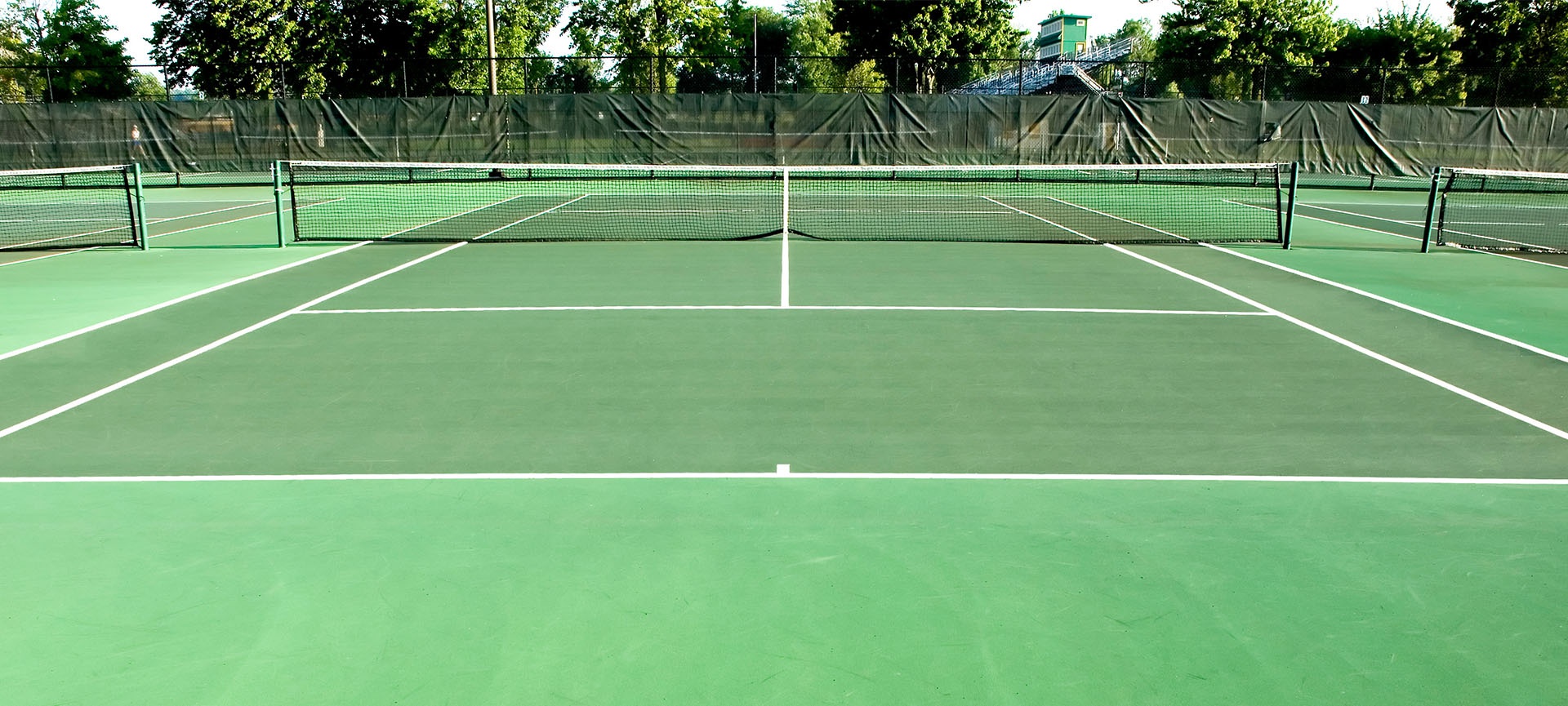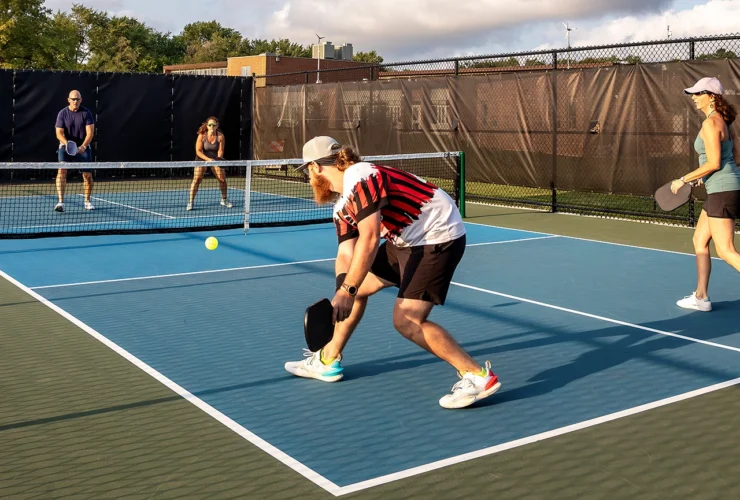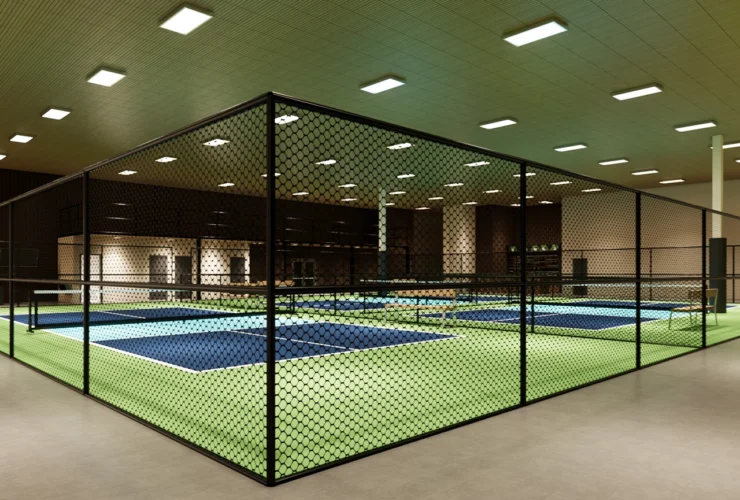What Are the Common Mistakes When It Comes to Tennis Court Resurfacing?
There are a few things that you need to take into consideration when resurfacing your tennis court. Here are the six common mistakes people make and what you can do to avoid them. We’ve also answered some FAQs to give you all the info you need. Let’s get started!
1. Not Fixing the Underlying Problem
While resurfacing may prolong the life of a court, it won’t solve underlying problems. In fact, simply resurfacing the court can make those problems worse.
For example, if the problem is poor drainage, resurfacing will simply create a new layer of concrete for water to seep through. The best way to fix a problem like poor drainage is to address it at the source by installing a new drainage system.
That is just one example. Another is that if your court is uneven, resurfacing on its own won’t solve it. So if there is an underlying issue with your court, make sure you solve it before the resurfacing process.
2. Not Changing the Surface Type
If you’re considering resurfacing your tennis court, you may consider changing the surface type. While hard courts are typically made of concrete or asphalt, there are a variety of softer surfaces to choose from, including clay and turf.
Each surface has unique playing characteristics, so choosing the right one is a matter of personal preference. Many people resurface their court with the same surface they had before without thinking.
However, resurfacing is a great chance to think about getting something different.
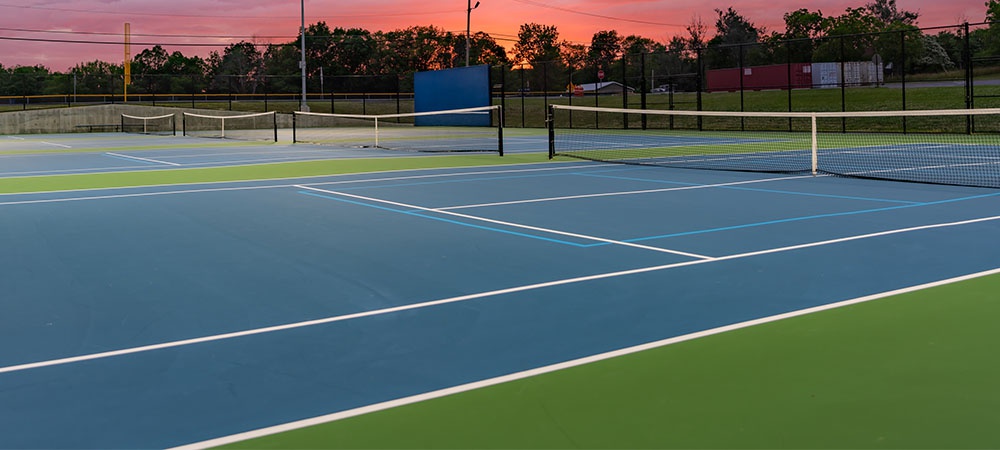
3. Not Choosing the Right Contractor
A tennis court is a significant investment, so choosing a contractor with the experience and expertise is important to get the job done right. Unfortunately, many property owners make the mistake of opting for the lowest bid without considering other factors.
As a result, they often end up with a subpar surface that requires frequent repairs. Choosing the right contractor may cost a bit more upfront, but it will save you money in the long run.
4. Trying to Do It Yourself
Hiring a professional to resurface your tennis court may seem like an unnecessary expense. After all, how hard could it be to do it yourself? Unfortunately, this common mistake can end up costing you more money.
First of all, unless you have experience with this type of work, you’re likely to make mistakes that will decrease the lifespan of your court. Second, the equipment needed to do the job right is expensive, and unless you’re planning on starting your own business, it’s not worth the investment.
Finally, even if you do manage to do a decent job, it’s very unlikely that you’ll be able to match the results of a professional. In short, resurfacing your tennis court is a risky proposition that is best left to the experts.
5. Taking the Cheap Option
Tennis court resurfacing is one of those necessary evils that every court owner dreads. Not only is it a sizable expense, but it also requires significant downtime while the work is being done. As a result, many people choose the cheapest option available to get the job done as quickly and cheaply as possible.
However, this is often a mistake. The reality is that cheap resurfacing materials will likely break down more quickly, necessitating another resurfacing job in just a few years.
In contrast, investing in high-quality materials will save money over the court’s lifetime and provide a better playing surface for tennis players.
6. Not Looking at Repair First
One of the most common mistakes in tennis court resurfacing is not checking to see if it needs simple repairs first. You could have surface cracks that can be filled, or your court may only need a new coat of paint. Resurfacing may not always be necessary.
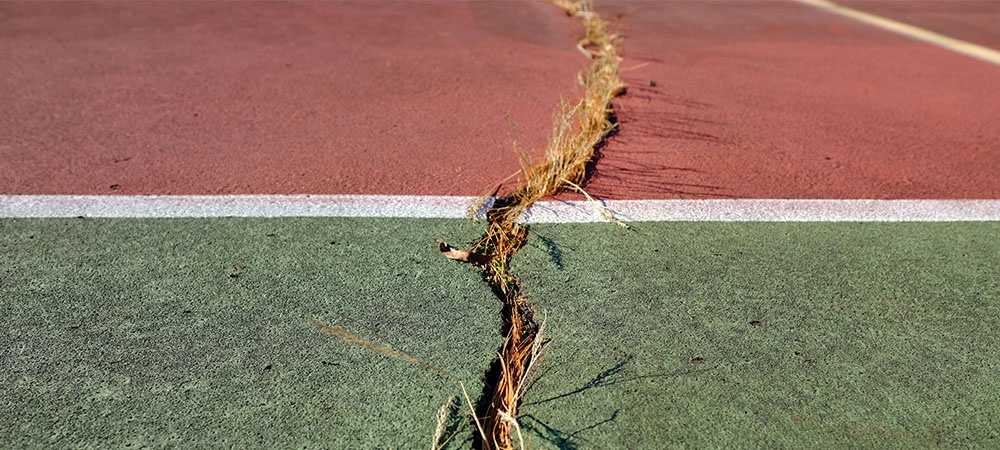
Tennis Court Resurfacing FAQs
How Often Does My Court Need Resurfacing?
The frequency with which you need to resurface your court depends on several factors, including the type of surface you have, the amount of play it gets, and the climate.
Courts in warm climates will typically need to be resurfaced more often than those in cooler areas, as heat can cause the surface to break down more quickly. In general, however, most courts need resurfacing at least once every three to five years.
What Is the Best Surfacing Material for A Tennis Court?
When choosing a surfacing material for a tennis court, there are a few things to consider. Hard courts are the most common type of surface, and they can be made from various materials, including concrete and asphalt.
Clay courts are less common, but they offer a softer surface that is easier on the joints. The type of material you choose will also affect the playing characteristics of the court. For example, hard courts tend to be faster than clay courts, which can be important for competitive players.
Ultimately, the best tennis court surfacing material depends on your preferences and playing style.
How Much Will Resurfacing Cost?
Resurfacing a tennis court costs an average of $6,000, with an expected range of $3,500 to $9,000. This includes the cost of materials and labor. The resurfacing cost will vary depending on the court’s size, the surface’s condition, and the type of resurfacing material used.
For example, a court in good condition may only require light sanding and repainting, while a court in poor condition may need to be completely rebuilt.
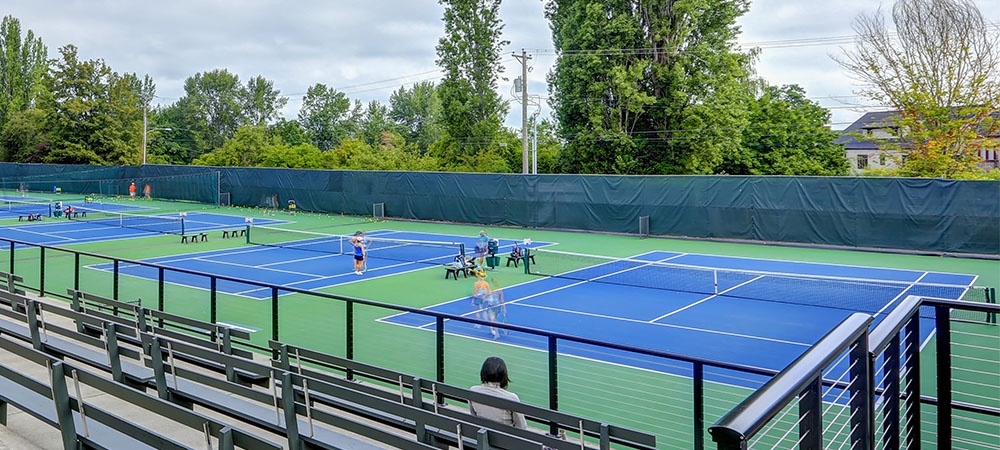
How Do I Maintain My Tennis Court?
To keep your tennis court in pristine condition, there are a few basic maintenance steps you should follow. First, you’ll need to sweep the court regularly to remove any dirt, dust, or leaves that have accumulated on the surface.
Next, you’ll need to check for any cracks or damage to the court and repair any damage as soon as possible.
Finally, you’ll need to apply a fresh coat of paint to the court every few years to keep it looking its best. By following these basic maintenance steps, you can be sure that your tennis court will stay in great condition for many years to come.

